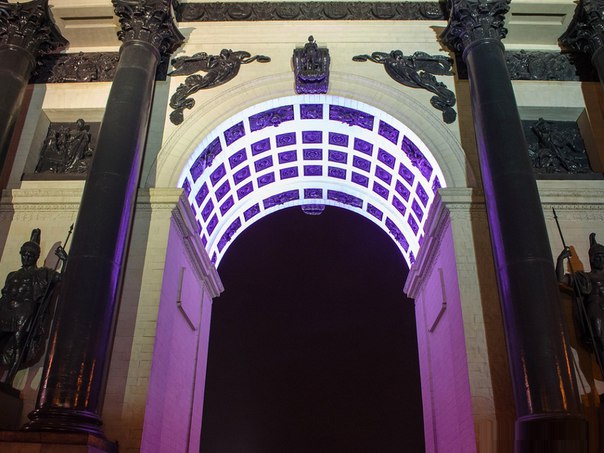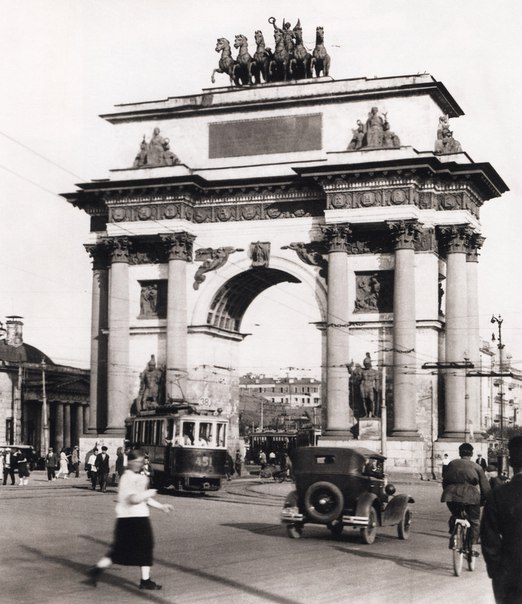Targets medium-range theater ballistic missiles, which travel at about 3 km/s (6,700 mph) or less. In this context the term "theater" means the entire localized region for military operations, typically a radius of several hundred kilometers. Defense range of theater defensive systems is usually on this order. Examples of deployed or soon-to-be deployed theater missile defenses: THAAD, Airborne laser and Russian S-400.
MAKS 2009 Air Show opened in the town of Zhukovsky, the Moscow region, on August 18.

Dong Feng 31 missile complexes

A dedicated fighter bomber version of the Su-27 'Flanker' was developed from the early 1980s, with the Sukhoi bureau designation T-10V, making its first flight on 13 April 1990. Its official designation originally was Su-27IB
 |
| |
 Photos by Vadim Savitsky, Pravda.ru Photos by Vadim Savitsky, Pravda.ruThe Ekranoplan flies within surface effect which means it cruises on an air cushion just above the surface of the water at about 10-30 feet. Although capable of high speed, they can not fly as conventional aircraft do, hence the abbreviated wings.
Small numbers of experimental vehicles were built in Scandinavia just before WW2. By the 1960s, the technology started to improve, in large part due to the contributions of the Russian Rostislav Alexeev and the German Alexander Lippisch. They independently worked on GEV technology arriving to very different solutions. Alexeev worked from his background as a ship designer whereas Lippisch worked from his own background as an aeronautical engineer. The influence of Alexeev and Lippisch is still noticeable in most GEV vehicles seen today.
The Central Hydrofoil Design Bureau (CHDB), led by Alexeev, was the center of ground-effect craft development in Russia. The military potential for such a craft was soon recognised and Alexeev received support and financial resources from Soviet leader Nikita Khrushchev. This led to the development of the Caspian Sea Monster, a 550 ton military ekranoplan. Before it, some manned and unmanned prototypes were built, ranging up to eight tons in displacement. The Russian ekranoplan program continued and led to the most successful ekranoplan so far, the 125 ton A-90 Orlyonok. A few Orlyonoks were in service with the Soviet Navy from 1979 to 1992. In 1987, the 400 ton Lun-class ekranoplan was built as a missile launcher. The second Lun was renamed to Spasatel, as a rescue vessel, but was never finished.
These craft were originally developed by the Soviet Union as very high-speed military transports, and were based mostly on the shores of the Caspian Sea and Black Sea. The largest could transport over 100 tonnes of cargo. The development of ekranoplans was supported by Dmitri Ustinov, Minister of Defence of the USSR. About 120 ekranoplans (A-90 Orlyonok class) were initially planned to enter military service in the Soviet Navy. The figure was later reduced to fewer than thirty vehicles, planned to be deployed mainly for the Black and the Baltic Soviet navies. Marshal Ustinov died in 1985, and the new Minister of Defence Marshal Sokolov effectively stopped the funding for the program. The only three operational A-90 Orlyonok ekranoplans built (with renewed hull design) and one Lun-class ekranoplan remained at a naval base near Kaspiysk.
The two major problems that the Soviet ekranoplans faced were poor longitudinal stability, and a need for reliable navigation. Since the fall of the Soviet Union, ekranoplans have been produced by the Volga Shipyard in Nizhni Novgorod.
GEV developed since the 1980s have been primarily smaller craft designed for the recreational and civilian ferry markets. Germany, Russia and the US have provided most of the momentum with some development in Australia, China, Japan and Taiwan. In these countries small craft up to 10 seats have been designed and built. Other larger designs as ferries and heavy transports have been proposed, though none have gone on to further development.
After the collapse of the Soviet Union, smaller ekranoplans for non-military use have been under development. The CHDB had already developed the eight-seat Volga-2 in 1985, and Technologies and Transport developed a smaller version by the name of Amphistar. In Germany, Lippisch was asked to build a very fast boat for Mr Collins from Collins Radio Company in the USA. He developed the X-112, a revolutionary design with reversed delta wing and T-tail. This design proved to be stable and efficient in ground effect and even though it was successfully tested, Collins decided to stop the project and sold the patents to a German company called Rhein Flugzeugbau (RFB) which further developed the model. |


















0 comments:
Post a Comment